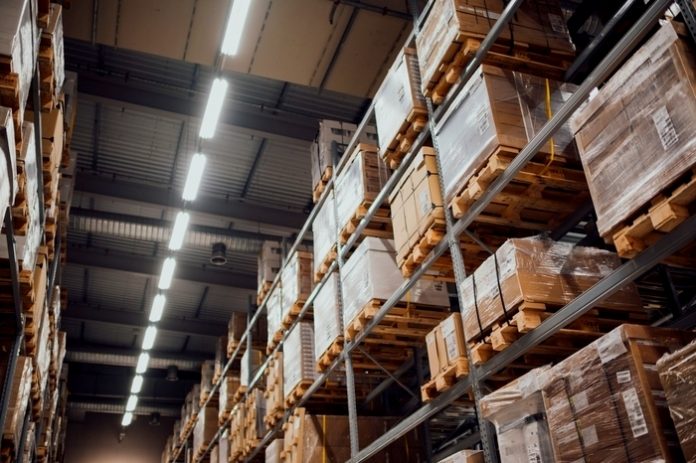According to data from Savills, take-up in the industrial & logistics sector (units of 100,000 sq ft +) reached 8.9 million sq ft in Q3 2022. Whilst 42% down on Q2, the firm suggests that a return to more normal, pre pandemic take-up levels was expected and remains strong, particularly given the latest economic uncertainty impacting the UK’s real estate markets. For context, prior to the onset of Covid-19 the average quarterly take-up rate was 6.5 million sq ft.
Savills notes that despite the fall, the figure remains 21% above the long term quarterly average and that looking ahead, with a significant amount of space still under offer, take-up is expected to exceed 45 million sq ft by the end of 2022. Although down on 2020 and 2021 total annual take up, this remains above pre-covid levels compared with the 32.3 million sq ft transacted in 2019.
Crucially, vacancy remains structurally low at just 3.3%, considerably lower than the five-year average of 5.8%. Savills has also looked at the long-term average for annual take-up, which suggests that there is just 0.7 years’ worth of supply in the UK. Of this, 46% is considered Grade A. This suggests that pressure will remain on occupiers looking for good quality warehouse space, which in turn will see rents remain robust for prime stock.
At present, there is now 22.82 million sq ft of speculative development under construction,
With 14% currently under offer. Savills anticipates a slowdown in speculative announcements in light of rising build costs and other economic headwinds. This means there is likely to be little evidence regionally of over-supply.
Richard Sullivan, national head of industrial & logistics at Savills, comments: “Whilst analysing our key market metrics quarterly is important, they can deliver dramatic fluctuations, hence it is the longer term trends that need to be understood. Take-up has declined in the third quarter, but the fundamentals of the UK industrial & logistics market remain strong. We see very little evidence of a rise in second hand supply and wider market and economic factors suggest that even if we do see annual take-up return to pre-pandemic levels, the quantum of speculative development is also falling. Interestingly, it would take an additional 41.6 million sq ft of new supply to reach a double digit vacancy rate.
“The profile of occupiers taking space remains diverse and we continue to see new entrants, business consolidation and expansion. What’s more, with the growing emphasis on ESG, energy efficiency and the need to future proof, this will see firms addressing and improving supply chain resilience moving forward.”


















